The Product Environmental Footprint Category Rules (PEFCR) are a set of guidelines that provide a methodological framework to measure and communicate the environmental performance of a product throughout its life cycle. They are part of the European Commission's Environmental Footprint (EF) initiative, which aims to harmonize life cycle assessment (LCA) methods and provide reliable, comparable and verifiable environmental information.
PEFCRs are designed to reduce market fragmentation and improve the credibility and usability of environmental footprints. They provide a common approach for the calculation of the environmental footprint of products, taking into account a wide range of environmental impacts, including carbon emissions, water use, and waste generation.
Development and Purpose of PEFCRs
The development of PEFCRs is a response to the need for a consistent and reliable method for assessing the environmental impact of products. The European Commission initiated the development of PEFCRs in 2013, with the aim of providing a common methodology for the calculation of the environmental footprint of products.
The purpose of PEFCRs is to provide a clear and transparent methodology for assessing the environmental impact of products, to enable consumers, businesses, and policymakers to make informed decisions. They are designed to be used in conjunction with other tools and standards for environmental assessment, such as the ISO 14040 series on life cycle assessment.
Structure of PEFCRs
PEFCRs are structured in a way that provides a clear and comprehensive framework for the assessment of the environmental impact of products. They consist of several sections, each of which provides specific guidance on a particular aspect of the assessment process.
The main sections of PEFCRs include the scope, the life cycle stages to be assessed, the impact categories to be considered, the data quality requirements, and the calculation rules. Each section provides detailed guidance on how to carry out the assessment, ensuring that the results are reliable and comparable.
Application of PEFCRs
PEFCRs are applied in a wide range of sectors, from food and drink to textiles and electronics. They are used by businesses to assess the environmental impact of their products, to identify opportunities for improvement, and to communicate their environmental performance to consumers and other stakeholders.
PEFCRs are also used by policymakers to inform the development of environmental policies and regulations, and by consumers to make informed purchasing decisions. They provide a robust and reliable basis for the comparison of the environmental performance of products, promoting transparency and accountability in the marketplace.
Key Elements of PEFCRs
Central to the Product Environmental Footprint Category Rules (PEFCRs) are several pivotal components: the defined scope, stages of the product life cycle, categories of environmental impact, standards for data quality, and specific rules for calculations. Each of these integral elements contributes to a thorough, dependable, and comparable assessment of a product’s environmental footprint, ensuring a holistic evaluation.
The scope defines the product category that the PEFCR applies to, and sets out the boundaries of the assessment. The life cycle stages determine which stages of the product's life cycle are to be included in the assessment, from raw material extraction to end-of-life disposal. The impact categories identify the environmental impacts that are to be assessed, such as greenhouse gas emissions, water use, and waste generation.
Life Cycle Stages
The life cycle stages in a PEFCR cover the entire life cycle of a product, from raw material extraction to end-of-life disposal. This includes the production, use, and disposal stages, as well as any intermediate stages such as transportation and packaging.
By covering the entire life cycle, PEFCRs ensure that all significant environmental impacts are taken into account and that the assessment is not biased towards any particular stage. This also allows for the identification of hotspots, or stages where the environmental impact is particularly high, which can then be targeted for improvement.
Impact Categories
The impact categories in a PEFCR identify the environmental impacts that are to be assessed. These typically include greenhouse gas emissions, water use, and waste generation, but may also include other impacts such as land use, biodiversity loss, and human toxicity.
The selection of impact categories is based on the relevance to the product category and the potential for significant environmental impact. The aim is to provide a comprehensive assessment of the environmental impact of the product, taking into account all significant impacts.
Benefits and Challenges of PEFCRs
PEFCRs offer a number of benefits, including the provision of a common methodology for the assessment of the environmental footprint of products, the promotion of transparency and accountability in the marketplace, and the facilitation of informed decision-making by consumers, businesses, and policymakers.
However, they also present a number of challenges, including the complexity of the assessment process, the need for high-quality data, and the potential for trade-offs between different environmental impacts. These challenges need to be carefully managed to ensure that the benefits of PEFCRs are realized.
Benefits of PEFCRs
One of the main benefits of PEFCRs is that they provide a common methodology for the assessment of the environmental footprint of products. This reduces market fragmentation and improves the credibility and usability of environmental footprints. It also promotes transparency and accountability in the marketplace by providing a robust and reliable basis for comparing the environmental performance of products.
Another benefit of PEFCRs is that they facilitate informed decision-making by consumers, businesses, and policymakers. By providing reliable, comparable and verifiable environmental information, they enable consumers to make informed purchasing decisions, businesses to identify opportunities for improvement, and policymakers to develop effective environmental policies and regulations.
Challenges of PEFCRs
One of the main challenges of PEFCRs is the complexity of the assessment process. The assessment of the environmental footprint of a product involves a wide range of data and calculations, and requires a high level of expertise. This can be a barrier to the adoption of PEFCRs, particularly for small and medium-sized enterprises (SMEs).
Another challenge is the need for high-quality data. The reliability of the assessment results depends on the quality of the data used in the calculations. This can be a challenge, particularly for SMEs, which may not have access to the necessary data or the resources to collect it.
Future of PEFCRs
The future of PEFCRs is likely to be shaped by a number of factors, including technological advances, regulatory developments, and changes in consumer behavior. These factors could influence the adoption and use of PEFCRs, as well as their impact on the market and the environment.
Technological advances could make the assessment process easier and more efficient, for example by automating data collection and calculation like Arbor. Regulatory developments could increase the demand for PEFCRs, for example by requiring the disclosure of environmental footprint information. Changes in consumer behavior could also increase the demand for PEFCRs, for example by increasing the importance of environmental considerations in purchasing decisions.
Technological Advances
Technological advances could have a significant impact on the future of PEFCRs. For example, advances in data collection and analysis technologies could make the assessment process easier and more efficient. This could reduce the barriers to the adoption of PEFCRs, particularly for SMEs. This is something that Arbor is heavily focused on.
Advances in digital technologies could also facilitate the communication of environmental footprint information, for example through digital labels or apps. This could increase the visibility and usability of environmental footprints, and thereby increase their impact on the market and the environment.
Regulatory Developments
Regulatory developments could also have a significant impact on the future of PEFCRs. For example, regulations requiring the disclosure of environmental footprint information could increase the demand for PEFCRs. This could drive the adoption of PEFCRs, and increase their impact on the market and the environment.
Regulations could also influence the content and structure of PEFCRs, for example by specifying the impact categories to be assessed or the calculation methods to be used. This could affect the comparability and credibility of environmental footprints, and thereby their impact on the market and the environment.
As you consider the implications of PEFCRs for your business, remember that managing your product's environmental footprint is not just about compliance—it's about leadership and innovation. Arbor empowers executives and project leaders like you to take charge of carbon management with precision and ease. Our platform offers material-level calculations, GRI-certified reporting, region differentiation, and product prototyping, all designed to simplify aggregate data and turn it into actionable insights. Overcome the challenges of regulatory pressures, time and budget constraints, and the quest for reliable data. Embrace a future where your environmental decisions are data-backed and your company stands out as a sustainability champion. Take the first step towards transforming your carbon management approach by talking to our team today and discover how Arbor can make a difference in your organization.
Measure your carbon emissions with Arbor
Simple, easy carbon accounting.



.avif)
%20Directive.webp)
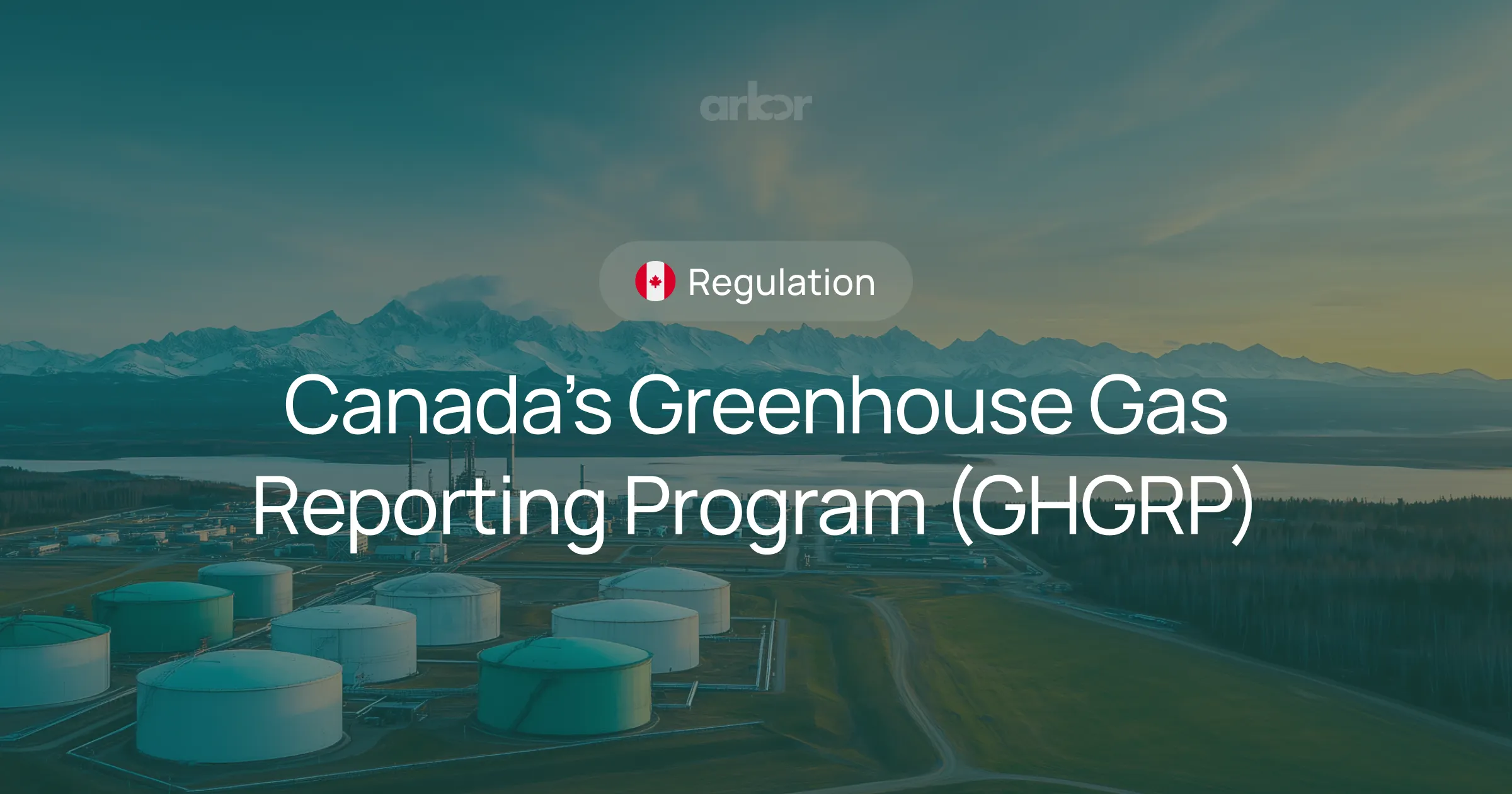

.webp)
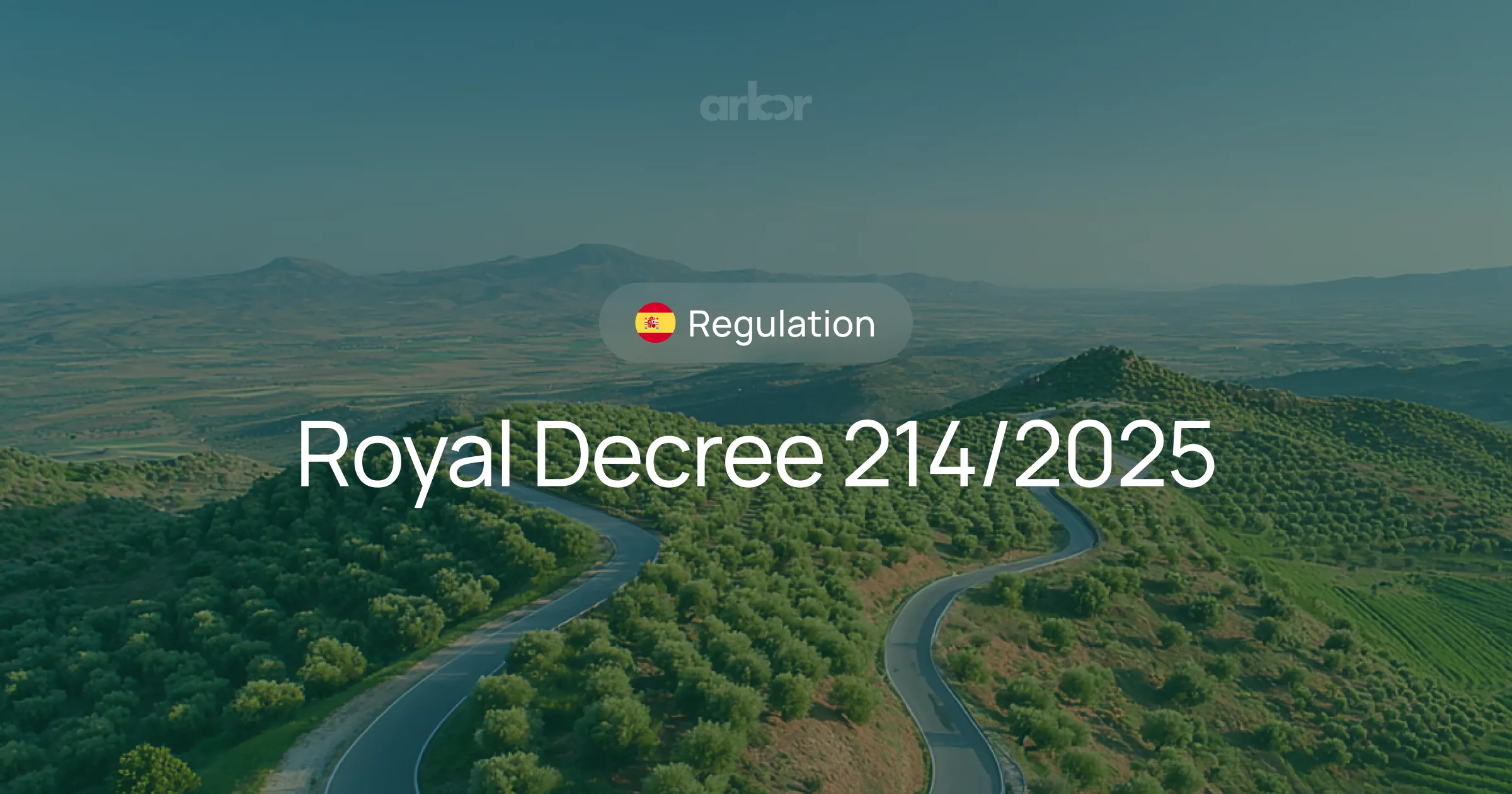
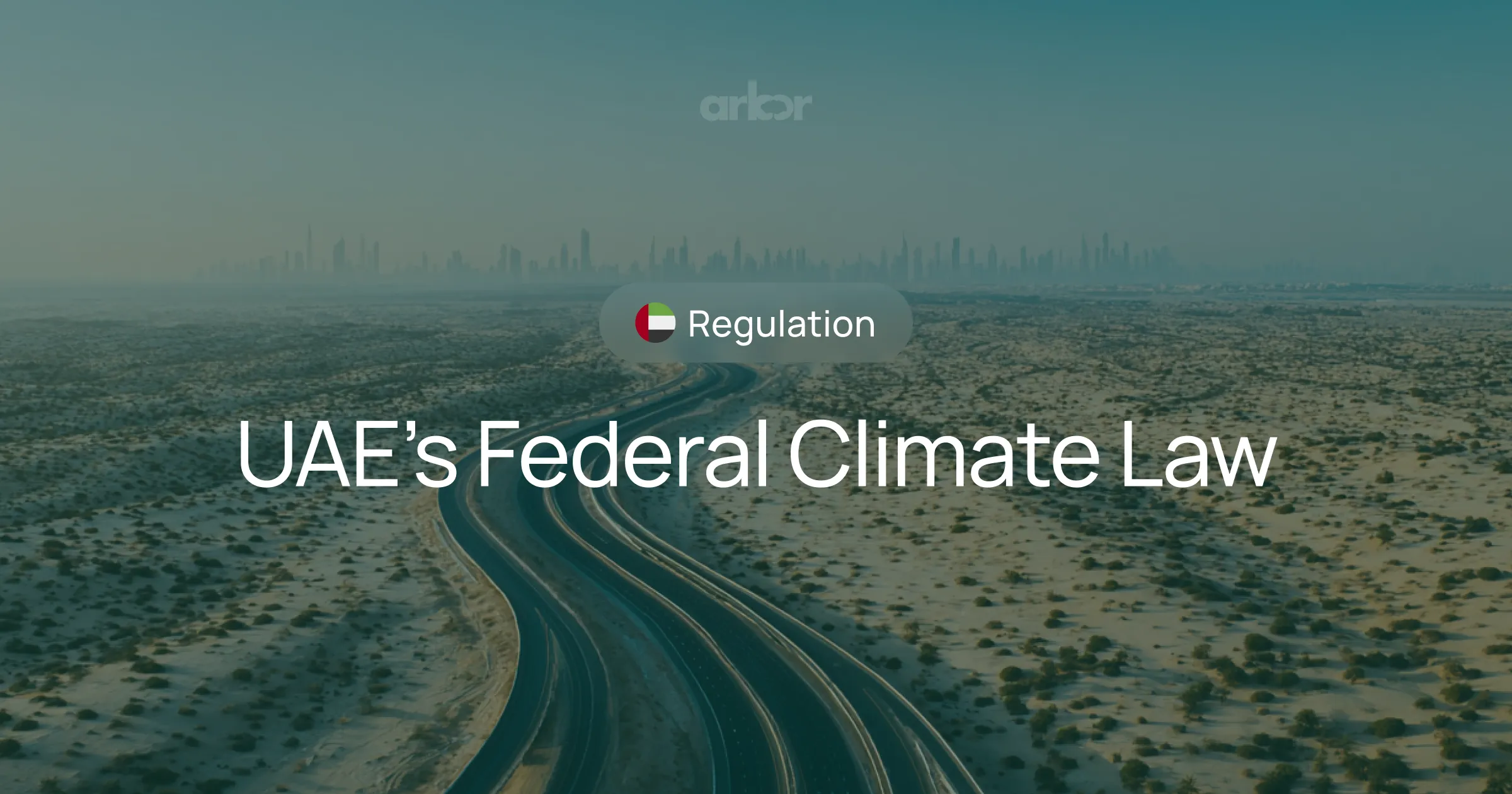









%20Arbor.avif)





%20Arbor.avif)


.avif)
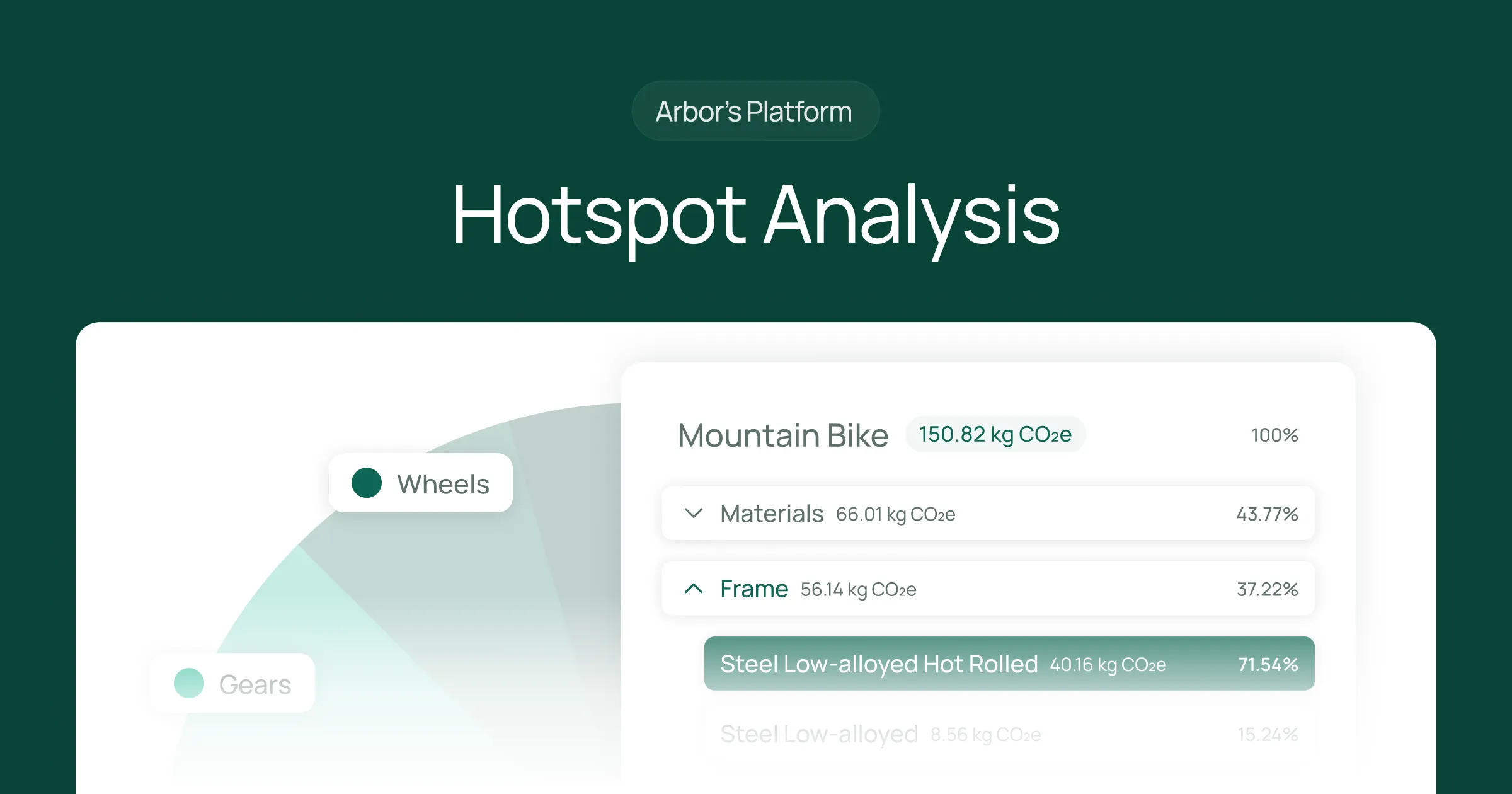


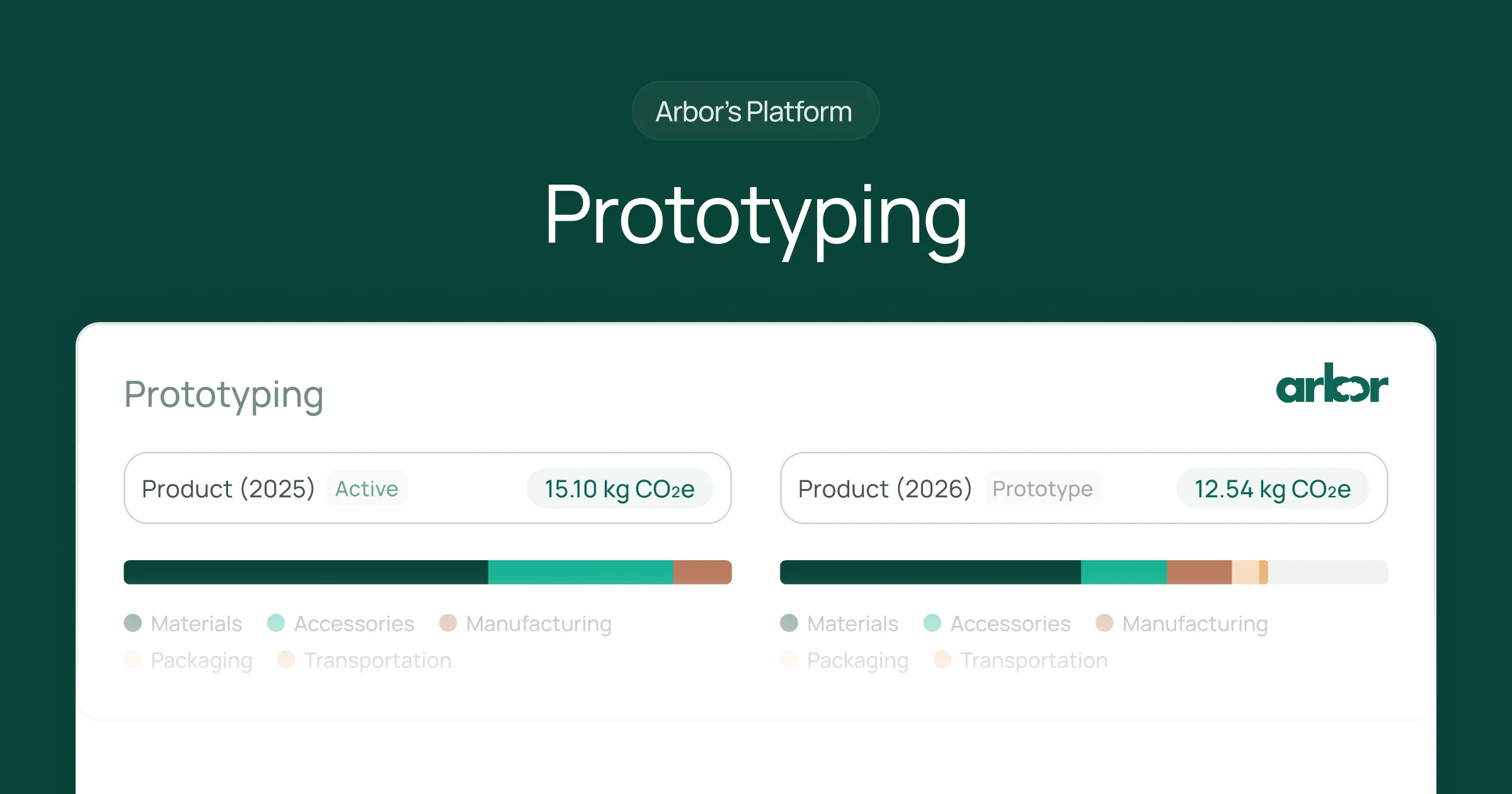


%20Arbor%20Canada.avif)

.avif)
%20Arbor.avif)
.avif)






_.avif)
.avif)
%20Arbor.avif)




%20Software%20and%20Tools.avif)





.avif)
.avif)
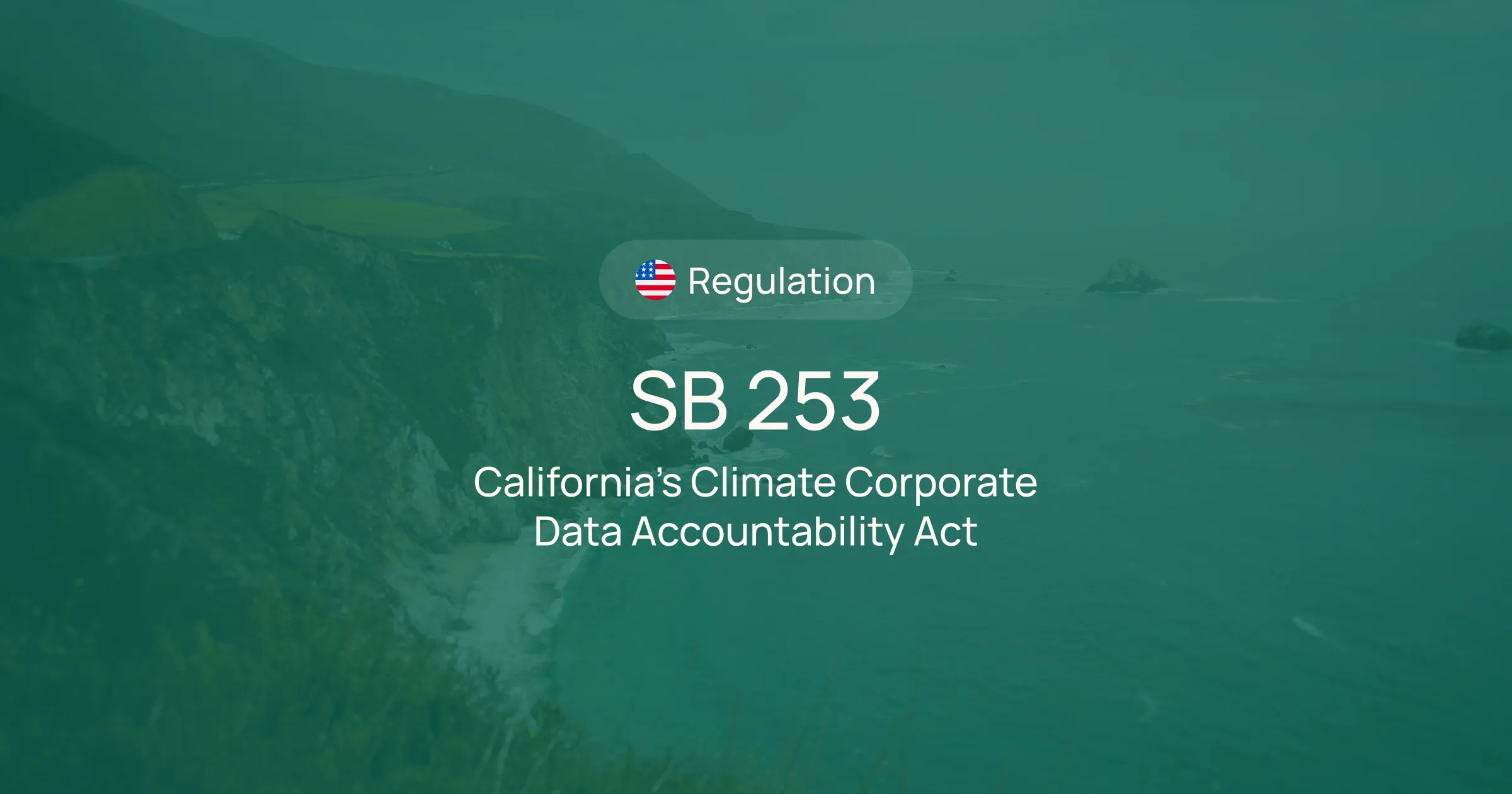



%20EU%20Regulation.avif)












.avif)


%20Arbor.avif)









_%20_%20Carbon%20101.avif)







.avif)

.avif)
.avif)









